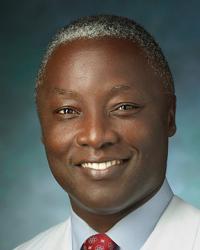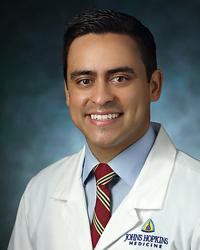Treatments and Procedures: Otoplasty
Otoplasty is reconstructive ear shaping surgery that addresses tissue loss of the outer ears due to trauma or surgery, or malformations present at birth. Otoplasty can also modify the size, shape and proportions of the outer ear, rebuild the structure entirely or create a prosthetic ear. Otoplasty procedures do not address hearing ability.
Otoplasty: Why Choose Johns Hopkins Facial Plastic Surgery?
- With a large number of patients and an experienced faculty, we offer a rare degree of skill and expertise, even in the most complex procedures.
- Our expert facial cosmetic surgeons consider each patient’s age, ethnicity and skin type, and approach each procedure with artistry and an eye for balance.
- The team is dedicated to safeguarding each patient’s well-being and health while helping them feel attractive and confident.
Otoplasty: What to Expect
Consultation
All successful reconstructive surgery starts with an initial consultation. One of our experts will take a thorough medical history and learn more about you, your general health, your skin characteristics and other factors.
Your surgeon will examine the structure of your ears and discuss possibilities for correcting the issues. In general, the cartilage of children’s ears is more flexible and easier to reshape than that of adults.
We will photograph you so the surgeon can study your face and ears. We will also review any medical concerns that could affect surgery such as high blood pressure, a tendency to scar, smoking, and any problems with blood clotting.
If you decide to proceed with otoplasty, your surgeon will review the recommended technique, the surgical facility, anesthesia, other procedures, possible complications, and costs.
Otoplasty Cost
Costs for ear surgery varies according to the reason and complexity of the surgery. Some factors influencing the cost for otoplasty include:
- New surgery versus revision
- Expected duration of the operation
- Surgical setting: office, outpatient surgical center or hospital
- Need for cartilage or skin grafting
After the consultation, our office will generate a cost estimate following the surgeon’s recommendations. If the procedure is medically necessary and accepted by insurance, our team will provide procedure and diagnosis codes for your insurance company and help determine your share of the co-insurance, your deductible and any co-pays.
Ear Shaping Surgery
The surgical team will ensure that you are comfortable during your procedure by using anesthesia — either a general anesthetic that puts you into a deep sleep, or a local medication to numb the area and a mild sedative to help you relax.
Once your procedure is complete, the surgeon will apply soft dressings to the ear(s) that will remain for a few days. Most patients experience some mild discomfort and disrupted sleep because they cannot put any pressure on the ear areas for several weeks after surgery. Flexible headbands are sometimes recommended to hold the ears in the desired position for two weeks after the surgery.
Our Physicians
Our doctors are board certified in both otolaryngology—head and neck surgery and facial plastic and reconstructive surgery, which gives our team a unique and comprehensive level of expertise.
Facial Plastic and Reconstructive Surgery: Johns Hopkins | Q&A
Lisa Ishii, M.D., a Johns Hopkins facial plastic and reconstructive surgeon, answers frequently asked questions about facial cosmetic and reconstructive surgery. She provides information on when and why you should consult a facial plastic surgeon and what you can expect at your first appointment.





